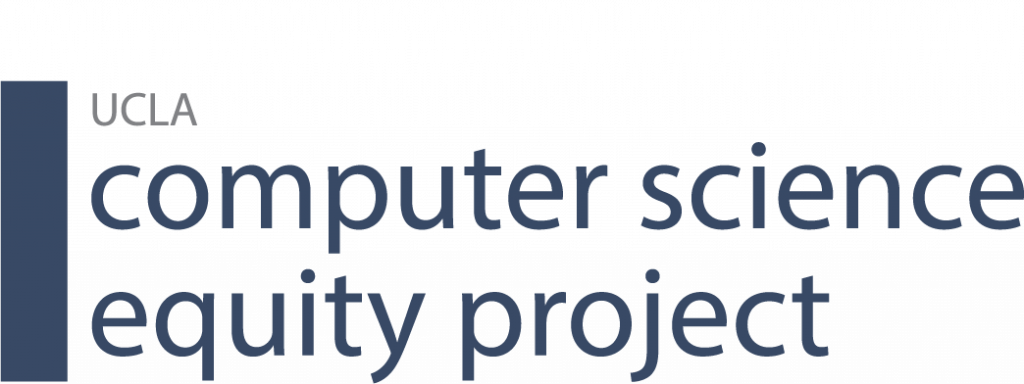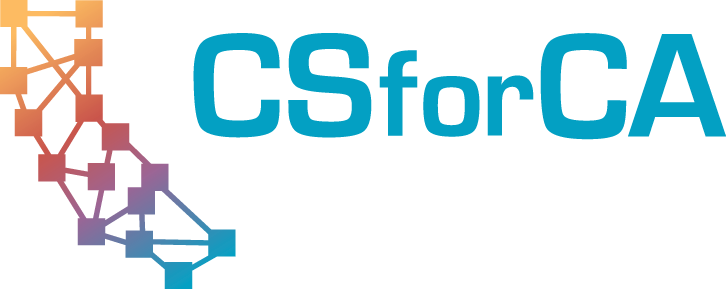By Julie Flapan, PACE – Policy Analysis for California Education
Technology transforms nearly every aspect of our lives: the economy, the environment, health care, and our social lives. Today, 92 percent of jobs across most industries require some form of digital skills, underscoring the importance of computer science (CS) for career and college preparation. But it’s not just about jobs—it’s about equipping students with critical thinking skills to examine the biased algorithms and the data sets they draw from, which could influence the way students think and make decisions about voting and social justice, as well as their own relationships and well-being.
Cultivating these critical skills with technology begins with K–12 education. While there is an urgency to meet this technological moment, it’s essential that we build the systems necessary to sustain CS education that is equitable, accessible, and culturally relevant so that it will engage our most underrepresented students.
Despite an increased emphasis on technology and CS in the classroom, not enough attention is given to preparing teachers to teach these subjects, determining what students need to know and when, and importantly, to addressing the ethics and impacts of CS. The national Computer Science for All initiative is moving quickly to ensure access—and rightly so, given the current opportunity gaps in CS. As California considers bold statewide policy goals to keep up, it’s important to recognize the challenges for schools to implement new policies in an existing unequal system of education.
As with many other K–12 initiatives, CS education opportunities are not fairly distributed, and they should be. Opportunities to learn CS fall along familiar persistent gaps that deny access for low-income, Black, Brown, and Indigenous students as well as for girls, youth from rural areas, and students with special needs. According to the Kapor Center, just 42 percent of high schools in California offer CS courses, and low-income and rural students are two times less likely to have access to this foundational learning. In our haste to right these wrongs with bold policy goals, I worry about exacerbating existing inequities. Critics argue that an incremental approach is too slow and the need is too great, but a wise investment in high-quality instruction and student engagement is our best hope for long-term change.
Five years ago, the governor, the legislature, and the State Board of Education approved California’s Strategic Implementation Plan for Computer Science and CS standards, highlighting the importance of teaching CS and what it takes to build the necessary infrastructure. The state plan, developed by an appointed panel from the governor and the state superintendent of public instruction, set forth a blueprint to ensure that (a) all schools offer rigorous and relevant CS education equitably and sustainably throughout grades K–12 and (b) all teachers are adequately prepared to teach rigorous and relevant CS aligned with California’s CS standards.





